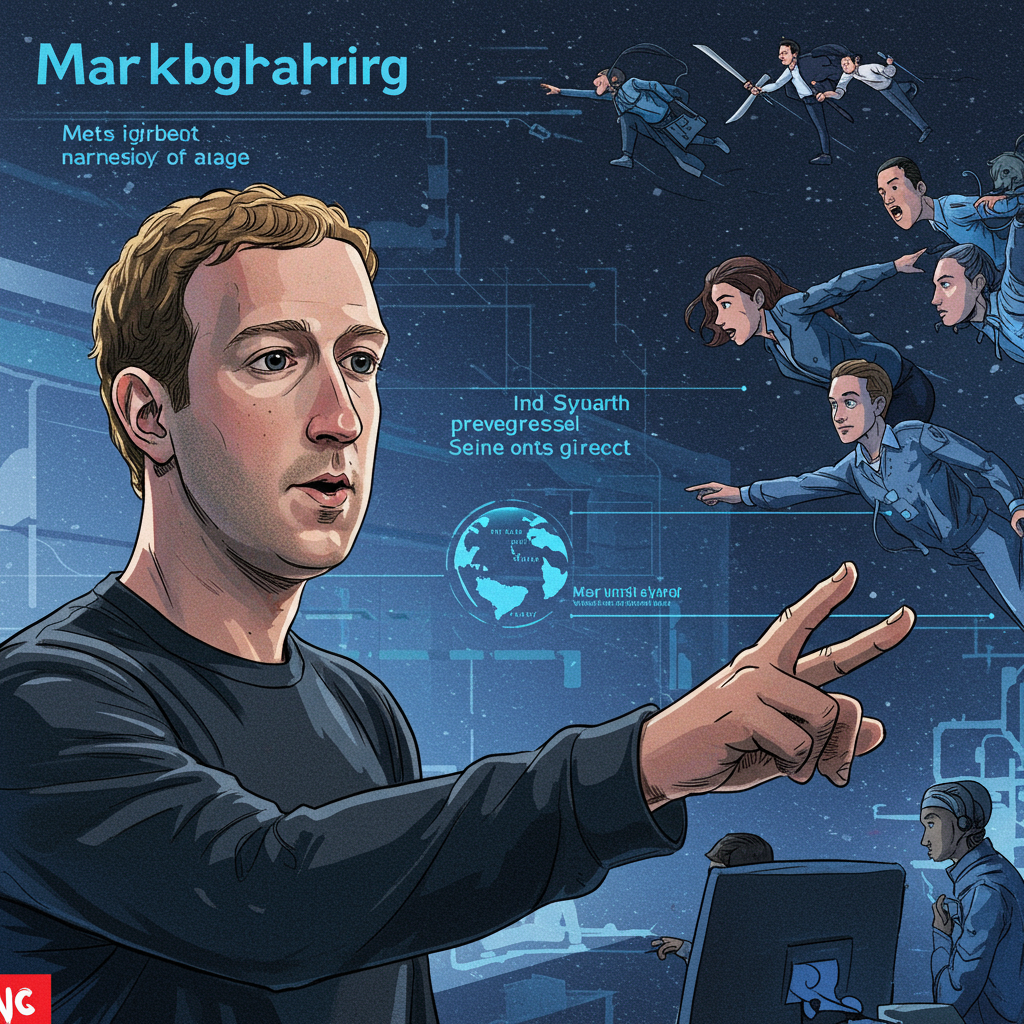TECHNOLOGY
Apple Backtracks on Divisive macOS 26 Finder Icon Design
Apple has quietly reversed one of the most debated changes introduced in the upcoming macOS 26 update, addressing significant user criticism over the redesigned Finder icon. This move highlights Apple’s strategic shift towards prioritizing user connection over strict adherence to a new design language.
While installing beta software comes with inherent risks, exploring new features and design updates is often irresistible. With the debut of macOS 26 Tahoe, Apple unveiled its ambitious “Liquid Glass” design language, aiming for unprecedented clarity, fluidity, and depth inspired by visionOS. Described as the most significant visual overhaul in over a decade, the Liquid Glass aesthetic was largely praised – except for one small but incredibly important detail: the Finder icon redesign.
Why the Finder Icon Matters
For over two decades, the blue-and-white smiling face of the Finder icon has been more than just an app launcher; it’s a fundamental symbol of the Mac itself. While its appearance has subtly evolved over time, its core identity remained immediately recognizable. This long-standing familiarity created a deep emotional connection for many users.
The Controversial Change
As part of the sweeping Liquid Glass update in macOS 26, the Finder icon was reimagined. The new version featured altered proportions, controversially inverted colors (dark side on the right instead of the left), and a softened, almost melancholic expression compared to the traditional bright smile.
From a pure design perspective, the updated icon logically fit within the new visual language, adopting the layered translucency and depth of other macOS 26 icons. It aligned with Apple’s goal of platform coherence, especially referencing spatial computing concepts from Vision Pro. However, in gaining aesthetic consistency, it lost that intangible element: familiarity.
Intense User Backlash
The reaction to the altered Finder icon was swift and surprisingly passionate. Social media platforms, tech forums, and blogs erupted with posts expressing dismay and disappointment. Users weren’t just debating the icon’s aesthetic merits; they felt a sense of loss of identity connected to the Mac itself.
Prominent voices in the Mac community, like historian Stephen Hackett, articulated the sentiment, noting the historical consistency of the icon’s design elements and urging Apple to revert the change. The intensity of the user criticism over such a minor visual tweak underscored how deeply users are connected to familiar elements of their operating system.
Apple’s Quiet Course Correction
Remarkably, Apple listened. In the second developer beta of macOS 26 Tahoe, without any formal announcement or press release, Apple subtly updated the Finder icon. The icon still incorporates the modern Liquid Glass treatment and style introduced in the new design language. However, the crucial element that sparked the backlash – the color placement – was reverted back to the original orientation, with the dark side on the left.
This quiet change, though small in implementation, carried massive implications. It was Apple’s understated way of saying, “We heard you.”
Lessons in Brand Stewardship
Apple’s decision to revert the controversial design change, especially without fanfare, offers a powerful lesson in brand stewardship. It demonstrates an understanding that user feelings and established connections can outweigh purely aesthetic goals.
In the world of technology and branding, prioritizing how people feel about an interface element, no matter how small, matters profoundly. The Finder icon isn’t just UI; it’s a personality symbol for Apple. Changing it felt like breaking an unspoken contract with longtime users.
By correcting the misstep quietly and efficiently in the beta cycle, Apple showed a rare and refreshing display of humility. It underscores that knowing when to listen and backtrack can be as strategic and powerful as knowing when to push forward with innovation. This incident serves as a reminder that effective Apple branding and connection rely on recognizing and respecting the emotional ties users have with their devices and software.

